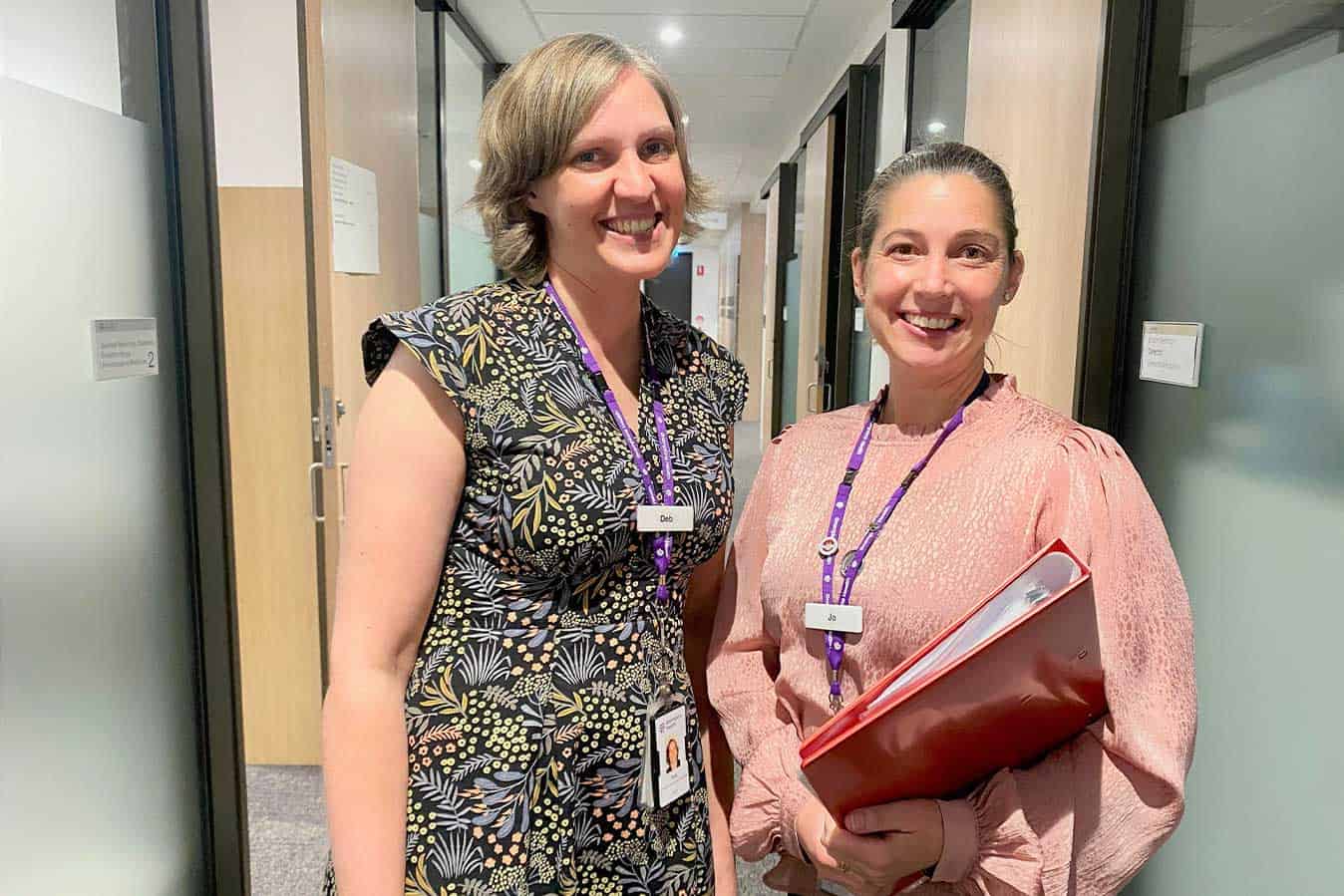If I had been told 20 years ago that my future nursing role would be reading inpatient notes to look for missing diagnoses of comorbidities and complications that clinicians were actively treating, I would have said no way!
I would have been working at a very busy Melbourne Emergency Department at the time, living off adrenaline in a high-pressure environment with an amazing team. Every young nurse’s dream, right? Fast forward 20 years, and here I am, reading notes, lots of notes!
This role is known as a Clinical Documentation Specialist. It is suited to nurses or allied health clinicians who can work with the treating clinicians and assist them in writing in a specific way to ensure clinical coders can use it. When clinicians start as interns, unbeknown to them, they are not writing in a way that can be used by the coders. All their hard work in providing excellent comprehensive care will go unfunded. Coders cannot code from results or treatments- they need a diagnosis. A note entry saying HB 70, give two units, will not be coded. However, if they write acute blood loss anaemia – for two units, it will be even better if they can specify the cause of the acute blood loss anaemia.
These coding rules and requirements were all foreign to me. I simply applied for a job that would provide quality improvement through documentation, resulting in better patient care. I was successful and started the position with another nurse, Deb Hutton. Together we received comprehensive training through the Hospital’s Health Information Management (HIM) Department. Kylie Holcombe (HIM) took us under her wing, equipped us with her exceptional coding knowledge, explained barriers she had faced when trying to engage with clinicians and set us up with all the support a new role would need. The HIM department welcomed their two new “nurses”.
Deb and I worked on different quality improvement projects at Grampians Health, Ballarat, for many years. Being known within the hospital helped acceptance of the new role, and we were both pleasantly surprised at how engaged the clinicians were. After all, if the junior doctors write in the correct way that can be coded, the end result is, of course, appropriate funding for the health service and money talks. However, Deb and I don’t know what the end funding result will be at the time of the reviews – we complete the reviews for quality improvement. The correct funding is simply the end result and an easy way to report the success of what we do.
On a typical day, you will find us on the wards reading different units’ inpatient notes, searching for a missing diagnoses and comorbidities that are clearly impacting and being treated. We ask the treating teams lots of “why’s and “Is that due to?”. The teams will meet with us, mainly at an isolated time and at a meeting place off the ward. The teams that send both junior and senior members have the most success. This ensures that the junior doctors have someone there who can confidently say yes – we are treating for that or no – not relevant this admission. Having a clinical background means we can picture the patient even though all we look at are the notes. This allows us to be very relevant with our questioning. We see great discussions and education amongst the teams while we capture the clinical truth through accurate documentation.
Our CDS role is not just limited to the doctors. We also educate the nurses and allied health teams about how vital their clinical documentation is. They provide evidence for the coders that comorbidities are relevant and impact the admission.
We started our roles towards the end of 2019, which was impacted by the COVID-19 pandemic. We saw ourselves being redeployed to help with contract tracing on and off for almost two years. To say we missed the CDS role would be an understatement. We just wanted to be back on site, interacting with the clinicians. Interacting with the junior doctors is certainly a highlight. Once they realise that our role supports them, they don’t shy away. If we delivered the role as an audit or sent retrospective documentation queries via email to confirm treatment and a diagnosis, the clinical engagement would not be there, and clinical documentation improvement would be just another chore.
Undoubtedly, nurses working as a CDS need strong HIM support. We are not coders or a HIM. Nurses can complement a HIM team with their clinical knowledge and understanding of how clinicians write and can sympathise with clinicians about the coding documentation requirements. We support clinicians and are inspired by seeing quality care delivered to patients through accurate, comprehensive, smart documentation.
Author:
Joanna Forteath is a Clinical Documentation Specialist and Registered Nurse working in Medical Records at Grampians Health, Ballarat Victoria Australia. She works with Debra Hutton CDS and Kylie Holcombe HIM to deliver a comprehensive, successful clinical documentation improvement program at Grampians Health- Ballarat.









One Response
I’m impressed
How do you become a clinical documentation nurse
Any particular course you need to do ?